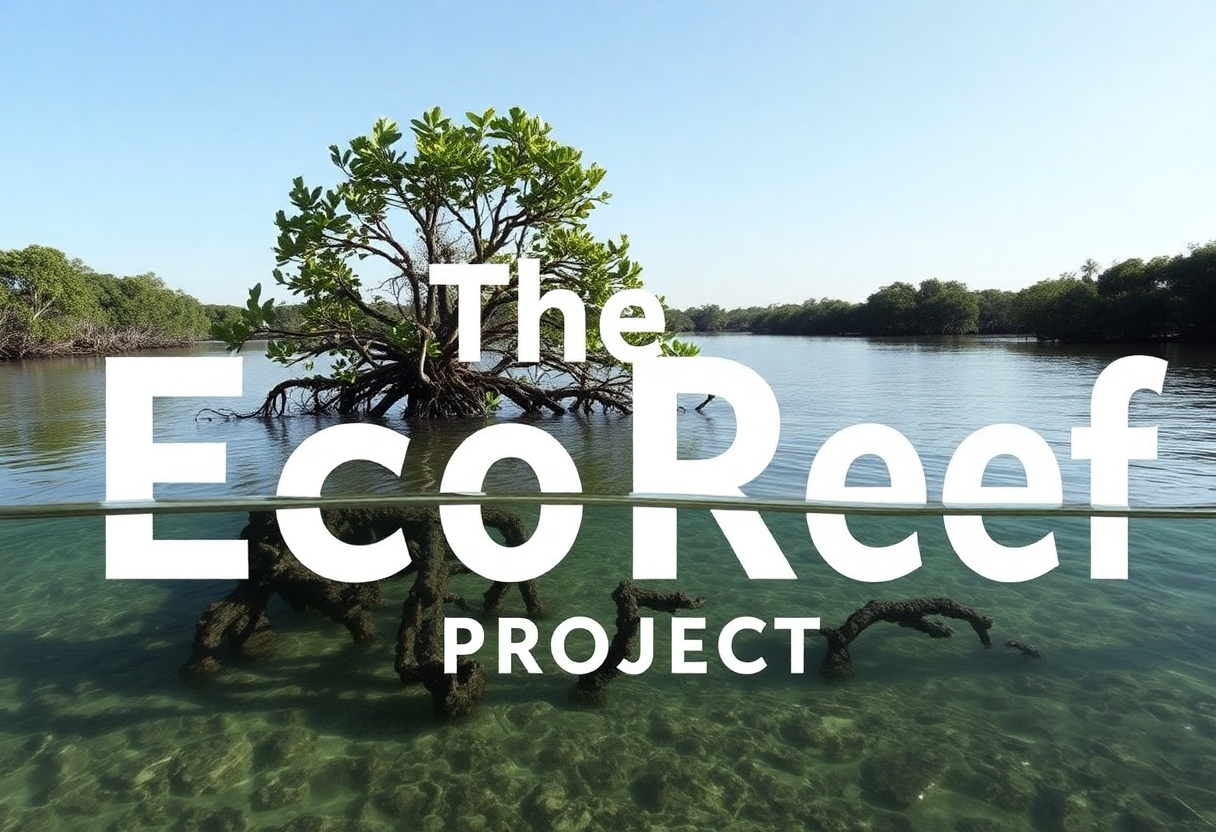Companion Planting Perfect Friendship With Magical Connections

A Harmonious Garden Practice Companion Planting
What Is Companion Planting?
This method leverages the natural relationships between plants to improve growth, deter pests, and enhance soil health. By strategically pairing plants, gardeners can create a more balanced and productive garden ecosystem. The practice of companion planting has been used for centuries, and its principles are rooted in both traditional knowledge and modern science.
Benefits of Companion Planting
Natural Pest Control
Certain plants produce chemicals or scents that repel specific insects, while others attract beneficial predators that feed on garden pests. For example, marigolds release a substance that deters nematodes, and planting basil near tomatoes can help ward off aphids and whiteflies. This natural form of pest control reduces the need for chemical pesticides, making the garden more environmentally friendly.
Improved Growth and Yield
Companion planting can also enhance the growth and yield of plants. Some plants release beneficial compounds into the soil that improve nutrient availability for their neighbors. Legumes, such as beans and peas, fix nitrogen in the soil, enriching it for nearby plants. Additionally, tall plants can provide shade and protection for more delicate species, creating a more favorable microclimate. These symbiotic relationships can lead to healthier, more productive gardens.

Common Companion Planting Combinations
The Three Sisters
Corn, Beans, and Squash
One of the most well-known companion planting combinations is the “Three Sisters” method, practiced by Native American tribes for centuries. The corn provides a natural trellis for the beans to climb, the beans fix nitrogen in the soil to nourish the corn and squash, and the large leaves of the squash create a ground cover that suppresses weeds and retains soil moisture. This trio exemplifies the principles of mutual support and resource sharing.
Tomatoes and Basil
Tomatoes and basil are another classic companion planting pair. Basil is known to repel common tomato pests such as aphids, whiteflies, and hornworms. Additionally, basil is believed to improve the flavor of tomatoes when grown nearby. This combination not only benefits plant health but also enhances the culinary value of the harvest. Planting these two together is a favorite choice for gardeners seeking a productive and pest-resistant garden bed.

Companion Planting for Soil Health
Nutrient Cycling and Soil Fertility
Companion planting can play a vital role in maintaining soil health and fertility. Different plants have varying nutrient requirements and root structures, which can help prevent nutrient depletion and soil compaction. Deep-rooted plants like carrots and parsnips can break up hard soil and improve aeration, while shallow-rooted plants like lettuce can utilize surface nutrients. By rotating and diversifying plant species, gardeners can promote a more balanced and resilient soil ecosystem.
Cover Crops and Mulching
Cover crops and mulching are essential components of companion planting for soil health. Cover crops, such as clover and rye, protect the soil from erosion, improve structure, and add organic matter when turned back into the soil. Mulching with organic materials like straw or compost helps retain moisture, suppress weeds, and slowly release nutrients. These practices enhance soil fertility and create a more sustainable garden environment.

Challenges and Considerations in Companion Planting
Plant Compatibility and Spacing
While companion planting offers numerous benefits, it requires careful planning and consideration of plant compatibility and spacing. Not all plants make good neighbors, and some combinations can lead to competition for resources or hinder growth. For instance, planting potatoes and tomatoes together can increase the risk of disease, as both are susceptible to blight. Gardeners must research and experiment to find the best pairings and ensure proper spacing to allow each plant to thrive.
Trial and Error
Companion planting is both an art and a science, and it often involves a degree of trial and error. Environmental factors such as climate, soil type, and local pest populations can influence the success of companion planting strategies. Gardeners are encouraged to observe their plants closely, make adjustments as needed, and keep detailed records of their experiences. Over time, this process of experimentation and adaptation can lead to a more successful and harmonious garden.

Additional Considerations for Successful Companion Planting
Beneficial Insects and Pollinators
Companion planting can attract beneficial insects and pollinators to the garden, enhancing plant health and productivity. Flowers such as sunflowers, zinnias, and lavender attract pollinators like bees and butterflies, while also providing habitat for predatory insects such as ladybugs and lacewings that control pest populations. By incorporating a variety of plants that attract beneficial insects, gardeners can create a thriving and balanced garden ecosystem.
Maximizing Space and Diversity
Companion planting allows gardeners to maximize space and increase plant diversity. By growing plants with different growth habits and root structures together, gardeners can make the most of limited garden space. For example, planting climbing beans alongside sprawling squash can create a more efficient use of vertical and horizontal space. This diversity can also help prevent the spread of pests and diseases, as a varied garden is less likely to be severely affected by a single issue.
Companion Planting and Crop Rotation
Integrating companion planting with crop rotation can further enhance soil health and garden productivity. Crop rotation involves changing the types of plants grown in a particular area each season to prevent soil depletion and reduce the risk of pests and diseases. By combining crop rotation with companion planting, gardeners can create a dynamic and resilient garden system that supports long-term health and productivity.
Creating a Plan and Experimenting
Successful companion planting requires careful planning and experimentation. Gardeners should research plant pairings, consider their specific garden conditions, and create a planting plan that incorporates diverse and compatible plants. Keeping detailed records of plant performance, pest issues, and soil health can help gardeners refine their approach over time. Experimenting with different combinations and observing the results can lead to valuable insights and a more successful garden.
Conclusion
Companion planting is a time-honored gardening practice that leverages the natural relationships between plants to create a more balanced and productive garden. By focusing on natural pest control, improved growth, soil health, and beneficial insects, companion planting offers a sustainable and environmentally friendly approach to gardening. With careful planning, observation, and a willingness to experiment, gardeners can reap the benefits of this harmonious gardening method.
Join the Discussion
What is your favorite plant pairings, and how companion planting has influenced your gardening practices?
















































